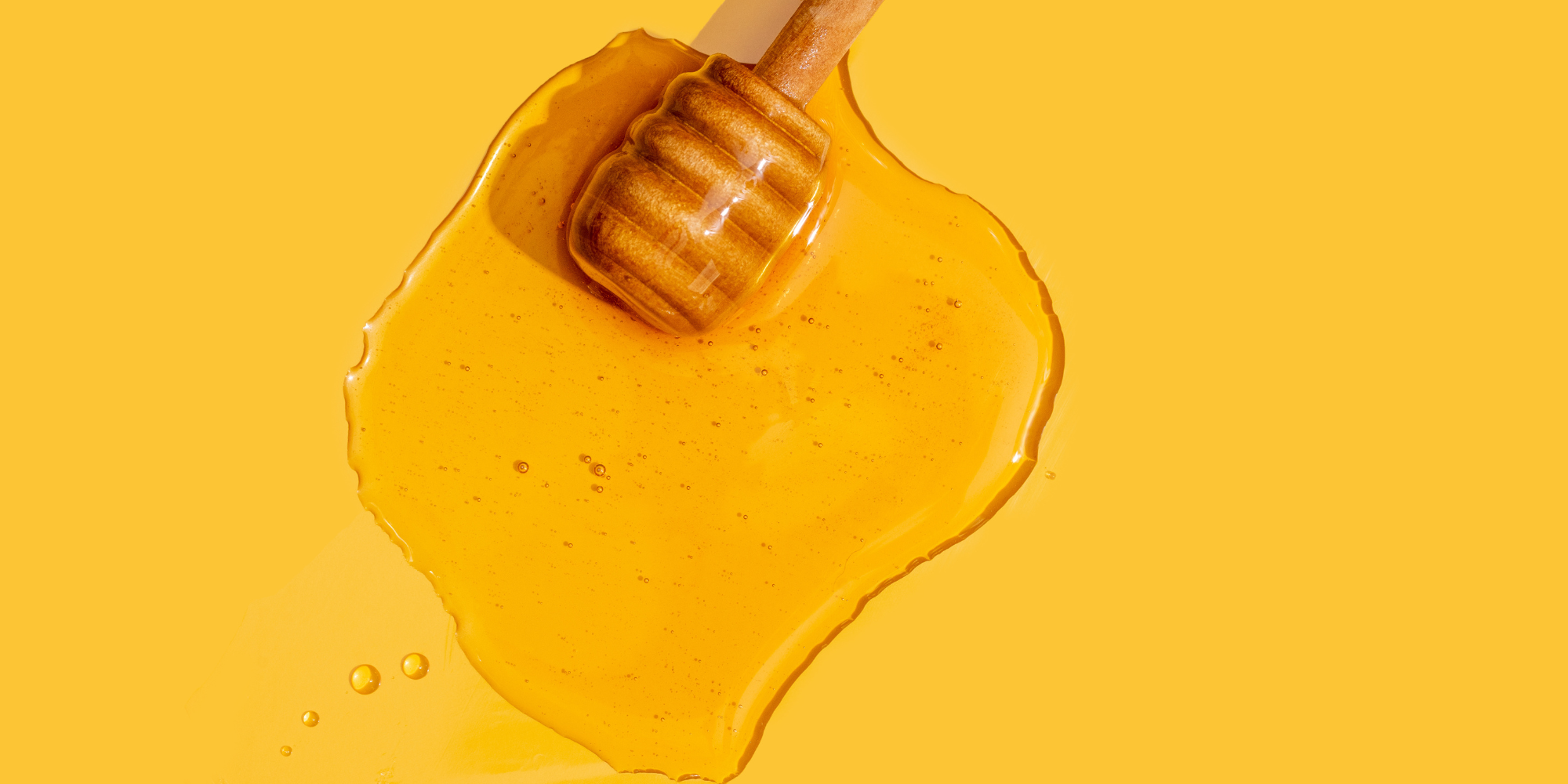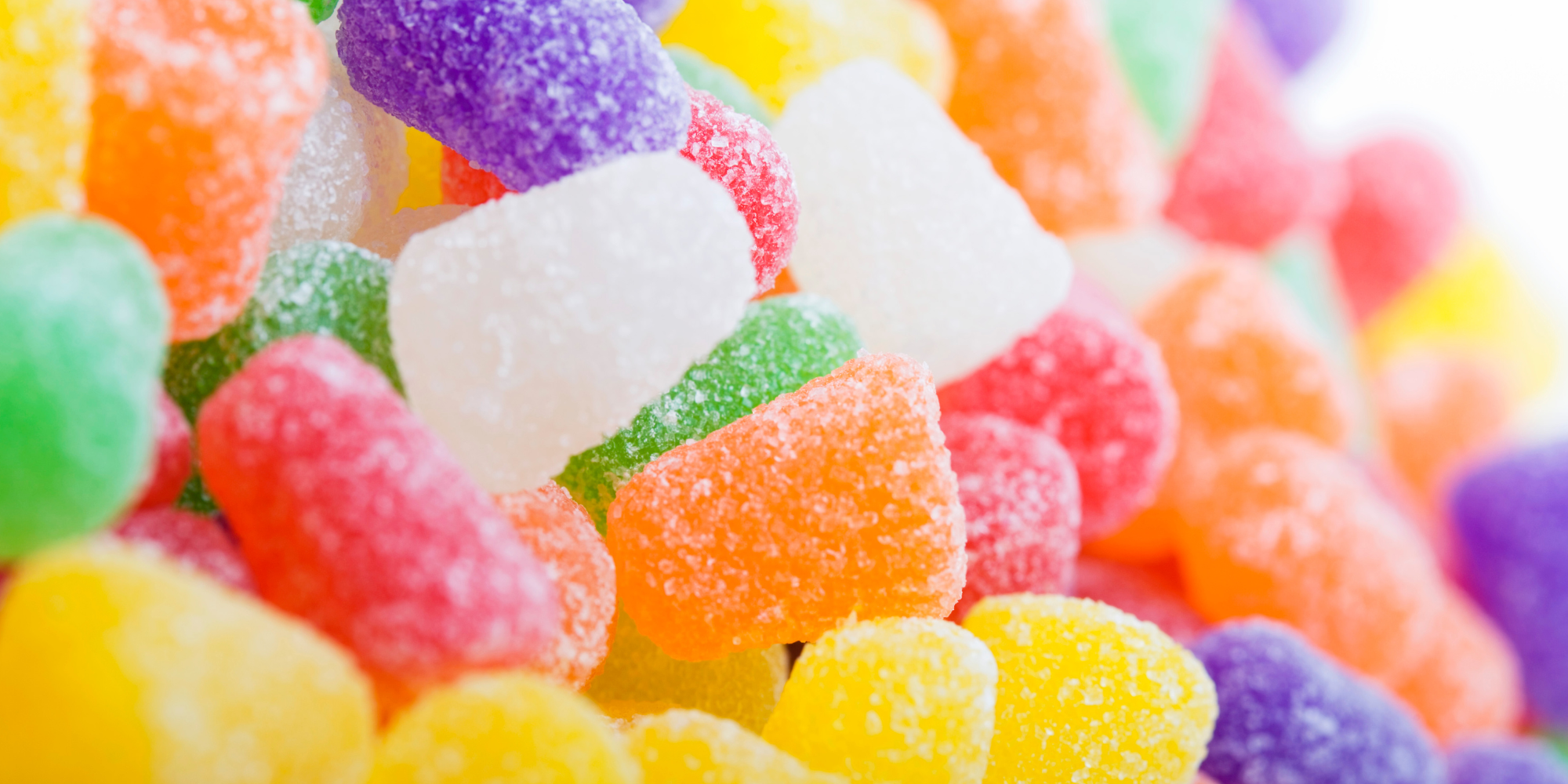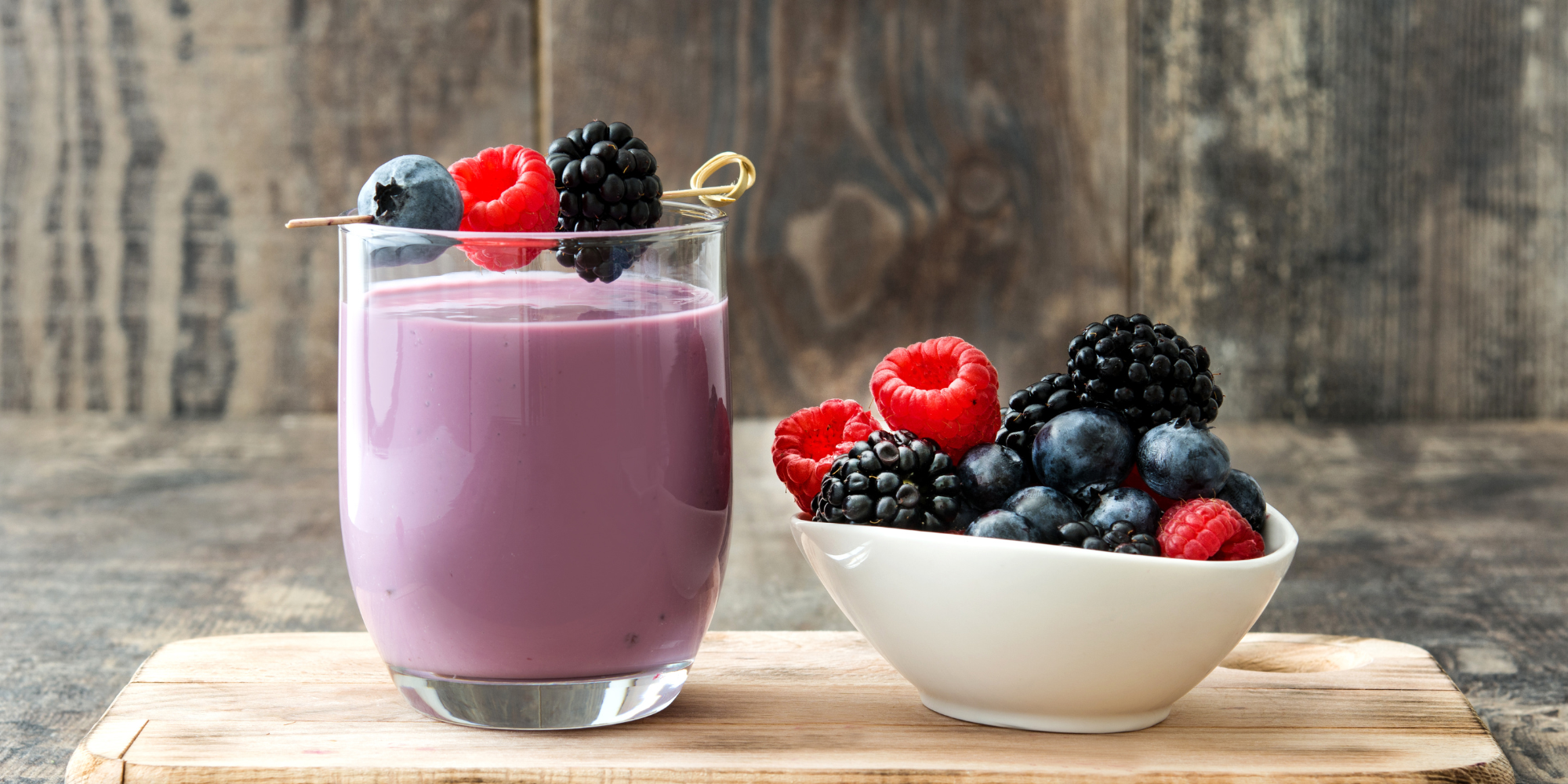The science of nutrition is constantly evolving, so our team of Registered Dietitians analyzed the most recent science around sweeteners. We then took this information to our Scientific Advisory Board that consists of medical doctors, cardiologists, registered dietitians, PhDs, and exercise physiologists to get their approval. This led to updating our recommendations for sweetening foods and beverages.
Although our sweetening guidance has changed, our stance on how much added sugar should be consumed has not changed. For optimal health, the Pritikin Eating Plan still recommends no more than 5% of calories come from added sugars. This is in line with recommendations from the World Health Organization and the American Heart Association for reducing the risk of obesity, diabetes, and heart disease. The average American consuming 2,000 calories per day should limit their added sugar intake to 100 calories or about 2 Tablespoons per day.
Here are five ways to satisfy your sweet tooth without too much added sugar:
Fruit
It’s naturally sweet and contains many essential phytonutrients and fiber. When sugar is consumed in its natural state, like the sugars found in fruit (fructose) or skim milk (lactose), it’s typically consumed in minimal quantities. Nutrients found in fruits can lower blood pressure, reduce the risk of heart disease, and prevent some types of cancer. It can also keep our appetite in check because it’s low in calorie density. Fruit is an easy grab-and-go item, and a safe bet for snacks and an after-meal treat. If you’re not eating fruit in its whole food form, be sure to choose items with no added sugar. Besides the grocery store, check your area for well-nurtured produce at your local farmer’s market.
Fruit Purees
Perfect for adding to foods for sweetness and moistness, the nutrient profile of fruit purees resembles that of its whole-fruit equivalent. Purees retain the flavor, color, and aroma of the fruit from which they come and add bulk with fiber. Not only for adding sweetness, fruit purees can be used to replace oil or butter in many recipes. Similar to a puree, applesauce, canned pumpkin, and ripe mashed bananas are great choices for sweetening recipes. If you’re not making your own fruit puree, avoid those that contain added sugar.
Fruit Juice Concentrates
Aside from losing fiber, the nutrient profile is similar to the comparable whole fruit. Along with sliced fruit, these are ideal for adding a pop of flavor to water or tea. They’re also perfect for sweetening salad dressings and sauces. When shopping for fruit juice concentrates in the freezer section of the grocery store, look for those with no added sugar. Several flavors can be found such as apple, orange, and pineapple.
Natural Sugar Sources
(Date Sugar/Honey/Molasses/Maple Syrup)
Natural sugar sources are less processed than refined sugar and provide essential nutrients and antioxidants, such as iron, zinc, magnesium, and flavonoids. Of these four options, date sugar ranks the highest in antioxidants. These sources are still high in sugar, so they should be used in small amounts. Drizzling a small spoonful of honey over a bowl of hearty oatmeal can add a touch of sweetness to a healthy breakfast!
Alternative Natural Sweeteners
Relatively new to the food supply, there are three options that we selected based on their safety and being natural sources.
- Allulose - Produced from fructose (sugar found in fruit), this rare sugar naturally occurs in fruits like figs and raisins. Being a monosaccharide, or simple sugar, allulose is absorbed by the body, but not metabolized so it’s nearly calorie-free with no effect on blood glucose or insulin levels. It’s about 70% the sweetness of table sugar and it has 0.4 cal/g compared to sugar at 4 cal/g (90% less calories).
- Monk Fruit - This sweetener is extracted from the fruit native to southern China. It’s calorie-free and 150-200x sweeter than table sugar. In people without Type 2 diabetes, monk fruit sweetener doesn’t change blood glucose and insulin levels. The impact of monk fruit sweetener has not yet been studied in individuals with Type 2 diabetes.
Stevia – Native to South America, Stevia is extracted and purified from the leaves of the stevia plant. It’s calorie-free and 250-300x sweeter than table sugar. Interestingly, studies on stevia in diabetic populations have shown anti-diabetic activity. Therefore, it’s used as a treatment for diabetes in some countries.
All three of these options are appropriate for all cooking applications. They are also Generally Recognized as Safe by the Food and Drug Administration; however, their long-term impact on chronic conditions like obesity and diabetes has not been well-studied to date. Therefore, we recommend using these sensibly. It’s important to note there are many alternative sweetener “blends” on the market – so it’s important to read the ingredient statement to confirm what’s actually in the package.




.png)